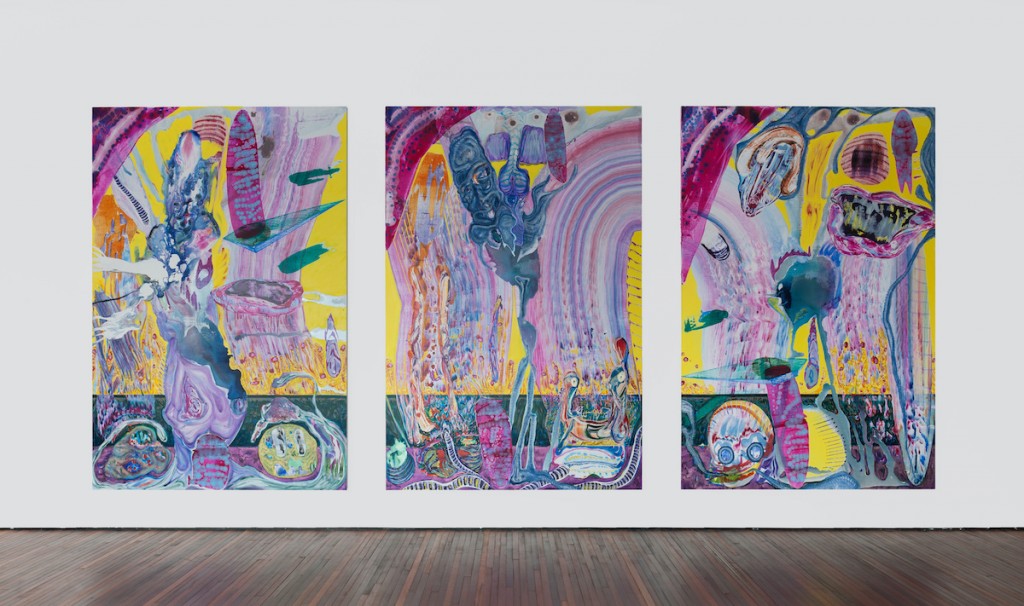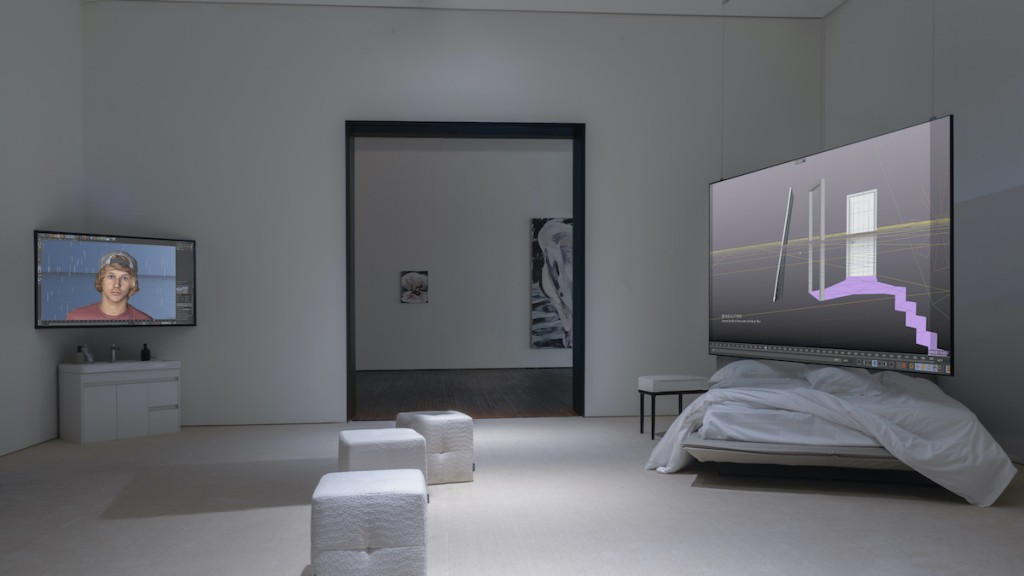In Beijing’s Shunyi District, on Gelasi Road along the Wenyu River, a cluster of modern buildings surrounded by greenery unfolds like a white scroll. With verdant pine trees covering the white walls, this courtyard-style architecture, which combines antiquity and modernity, is the Song Art Museum.
As the old saying goes, “Pine (‘Song’ in Mandarin), a gentleman.” The Song Museum of Art is like a vessel for art. Since the director Ding Zehua took charge of the museum in 2021, the museum has adhered to the mission of “connection”. With Chinese contemporary art as the bait, the exhibitions have been reflective and enlightens the public’s aesthetic education.
How to curate sustainable exhibitions for the art of the 80s and 90s, the essence of the times? How to cross the gap between generations and write the story of Chinese contemporary art through exhibitions? How to go further than that, to realize the articulation of values and create a global identity for the newborn institution? With such curiosity, LARRY’S LIST X CUPPAR “China on Focus” visited Song Art Museum and had a conversation with its director, Ding Zehua.
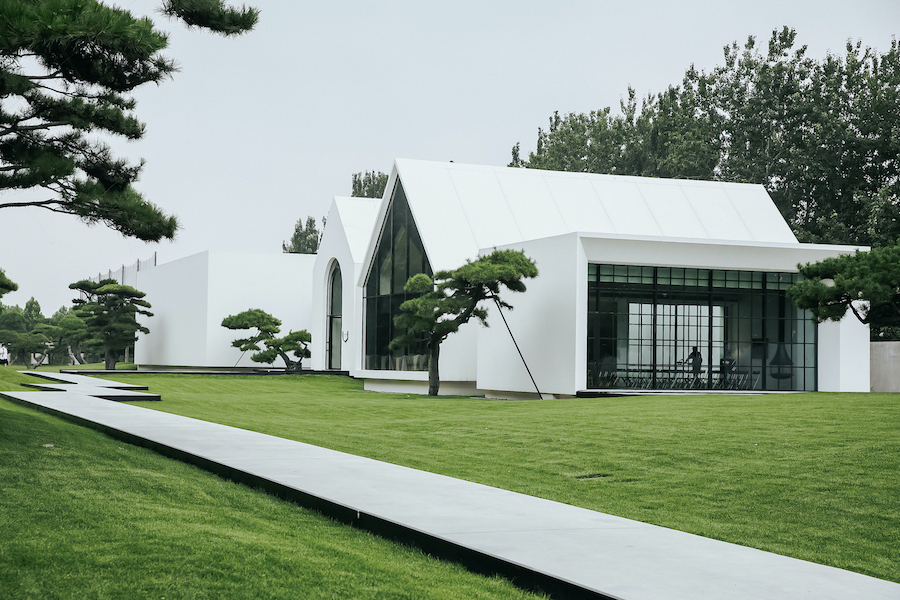
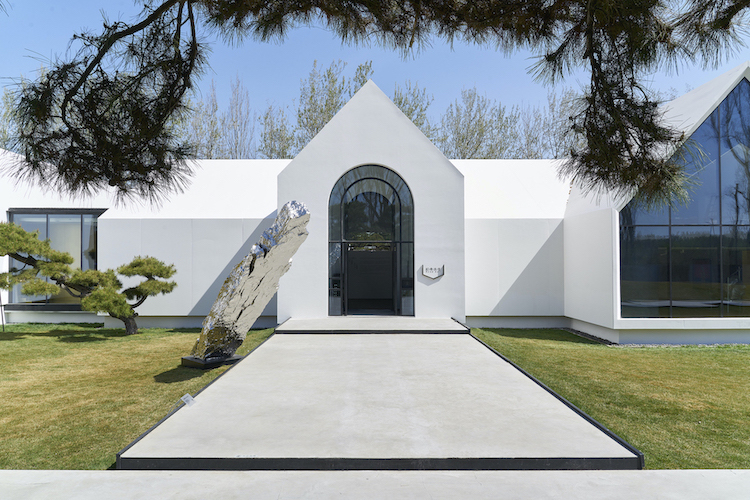
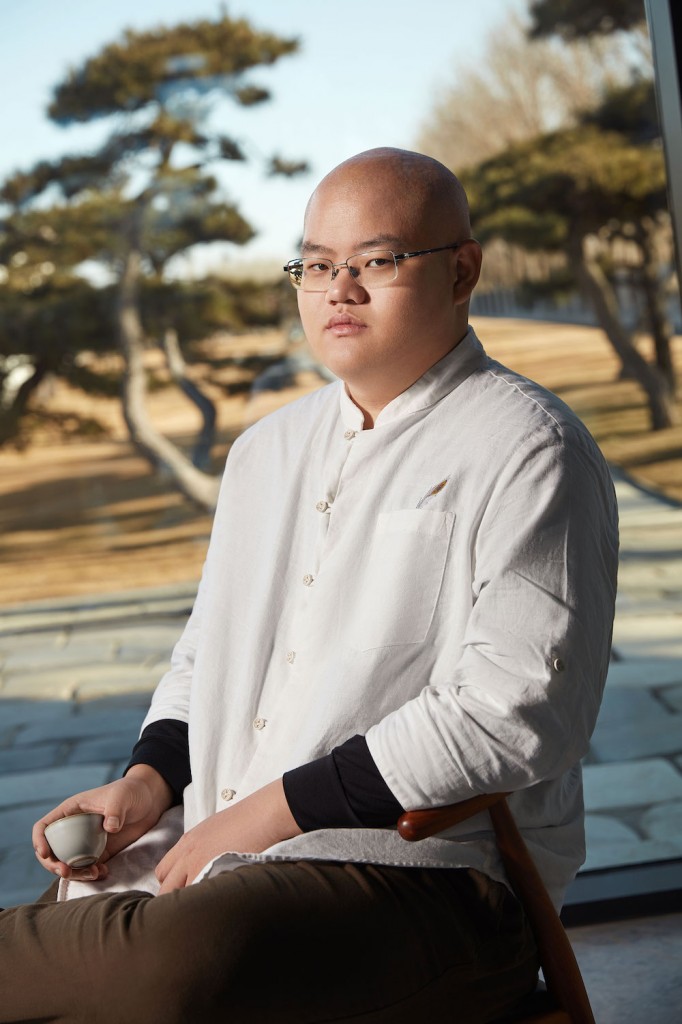
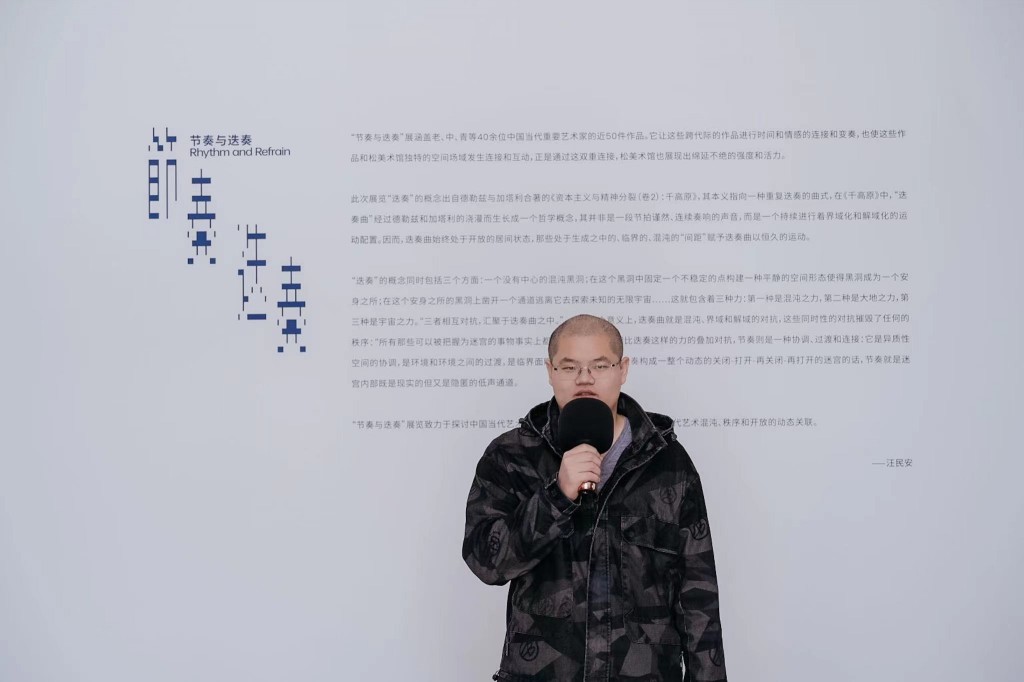
Curating a sequence in the collection
You mentioned that you started your art journey with Shang Yang’s work “Great Landscape – 1” from the 90s. What is so special about the works from the 80s and 90s in China?
The starting point of my art journey was to get to know the artworks born between the 80s and 90s in China. In my opinion, works from the late 80s onwards best represent the artist community since the reform and opening up in China. Also, they best reflect the reality and vital signs of China’s present-day society. As Shang Yang said, “Art is another history of the electrocardiogram of human beings.” In his series “Great Landscape”, he uses the method of cutting and putting together again to depict a different kind of landscape to metaphorically represent the collage of industrial and traditional landscape in the process of China’s modernization. From the artist’s perspective, artworks reflect and record historical issues in a very sensitive and relevant way.
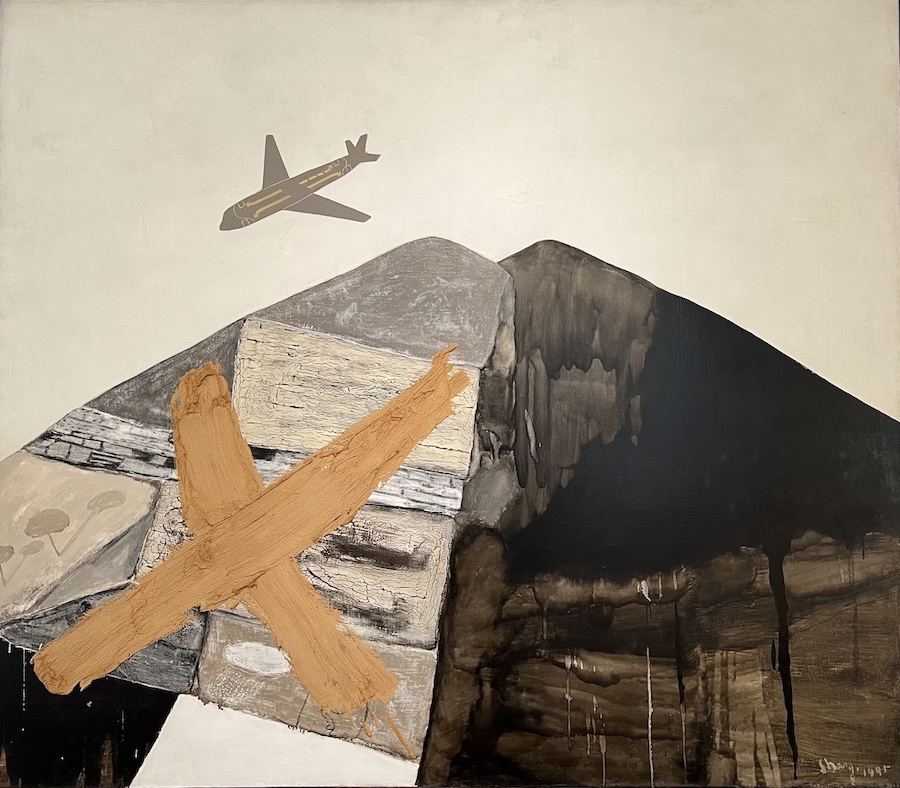
What is the lineage of the Song Art Museum’s collection and exhibitions?
The Song Art Museum’s collection and exhibitions were first based on the more classic contemporary paintings of the late 1980s, which was a relatively mature stage in Chinese contemporary art history. Before that, the “85 New Wave” was relatively more experimental. After the exhibition “Rhythm and Ritornello”, the museum’s exhibition selection has extended along the timeline. Now we are starting to do more exhibitions of post-90s artists.
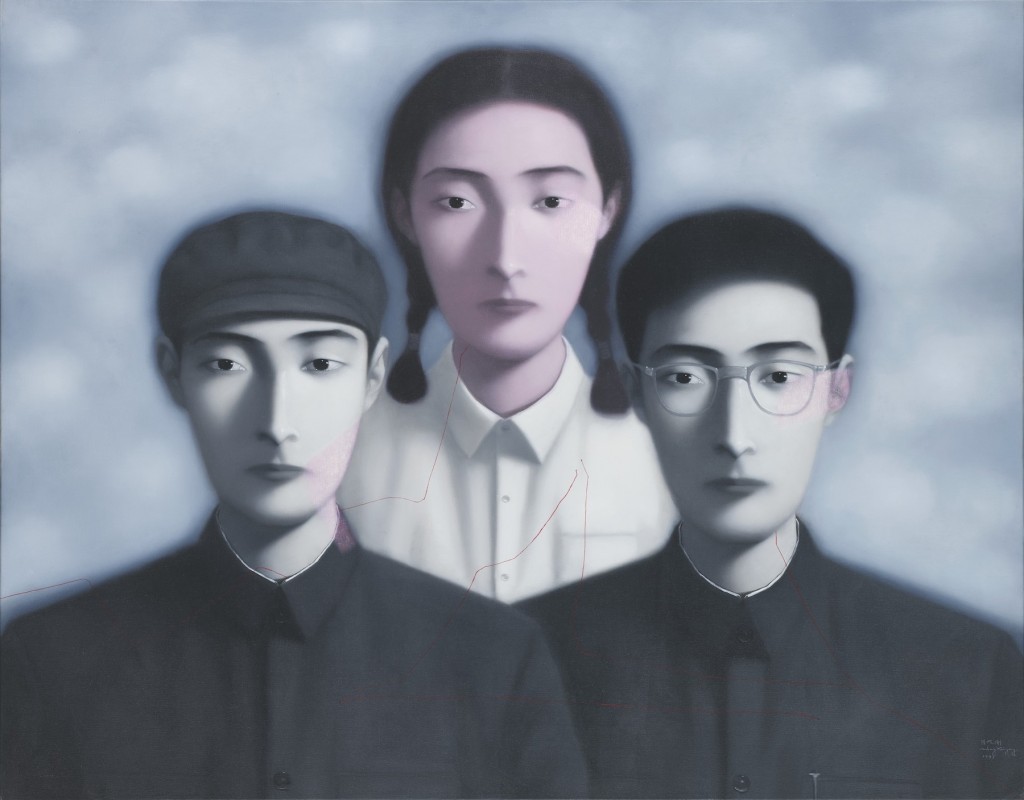
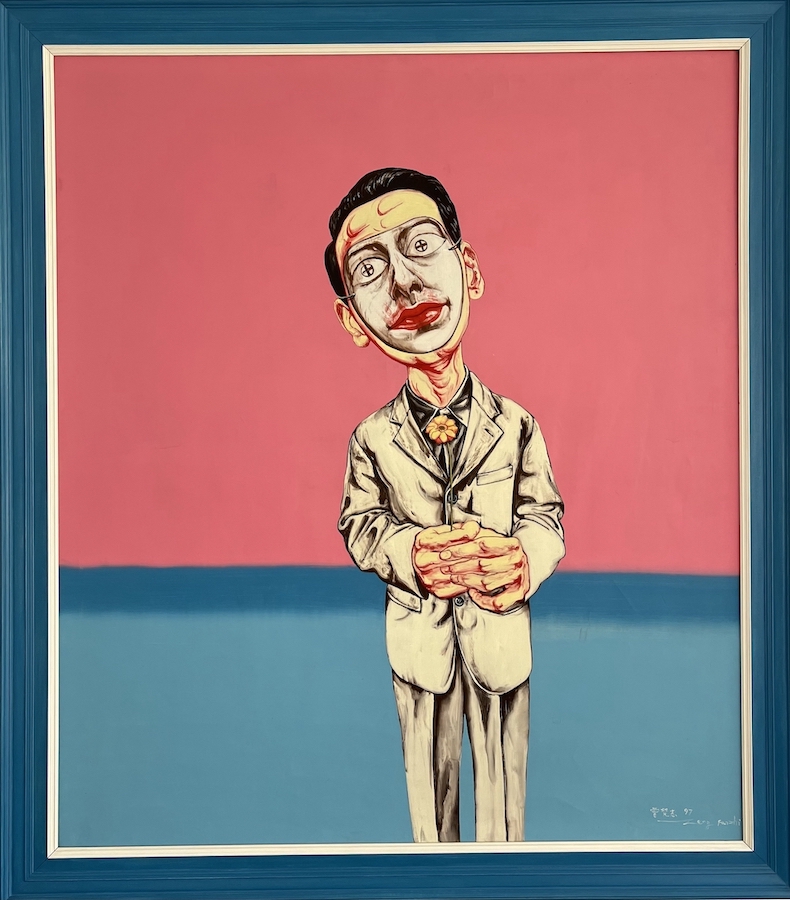
Deep Dive: Telling China’s Stories Through Contemporary Art
What are the academic values behind the works of post-90s artists that can be explored?
Post-90s artists tend to get more creative information and materials from the Internet and social media, they may also illustrate fashion theories or reorganize a graphic sequence using new media technology. As a new generation of artists gradually growing up, their upbringing and educational backgrounds embody the fun iteration and promote the blood circulation of contemporary art.
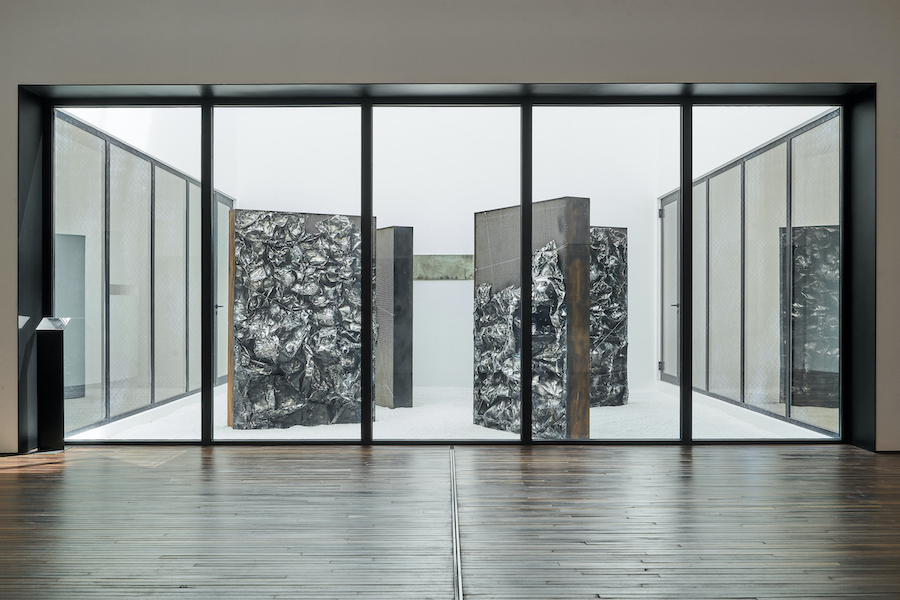
Do you visit artists’ studios? Do you have any fun experience visiting artists’ studios to share?
Recently, I visited some post-90s artists’ studios. Visiting artists’ studios helps me understand more about the ecology of contemporary art, the current situation of artists and their creative backgrounds. For example, Zhang Ji’s working environment reflects his art, showing the rhythm and state of his way of thinking. It is consistent with the unstable composition of his works and the special shapes of light areas depicted by lines and colors, which are very distinctive.
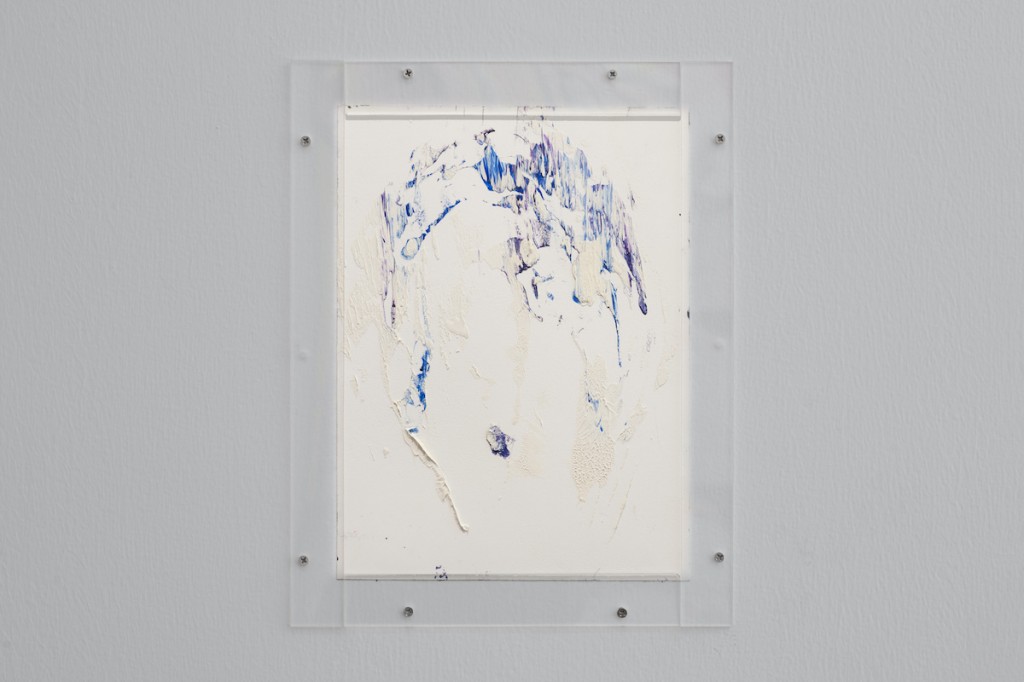
The exhibition “Post-90s E-Colors, Networking, Fashion Consumption, Science Fiction Prose and Global Identity”, which is currently open at the Song Art Museum, is an exhibition that allows artists to shine. In your opinion, what kind of exhibition can help artists improve themselves at the same time? How to balance the contradiction between artists pursuing solo exhibitions and institutions expecting group exhibitions more?
A wonderful art exhibition is not only a wonderful presentation of the artists’ works within a certain period of time, but also must have a more prominent awareness of issues and immediacy. The “Post-90s Group Exhibition” is an opportunity for the young, post-90s artists to present the results of their thinking. Since its launch, we have received a large number of valid comments, which makes the exhibition a space for discussion. Outstanding art exhibitions, whether they are solo or group exhibitions, are platforms for artists to express themselves. For institutions, solo exhibitions can also be multi-dimensional.
In this current exhibition, each artist has a separate space to show, and the format of the exhibition is ultimately dedicated to presenting a rich, diverse, layered, and effective expression.
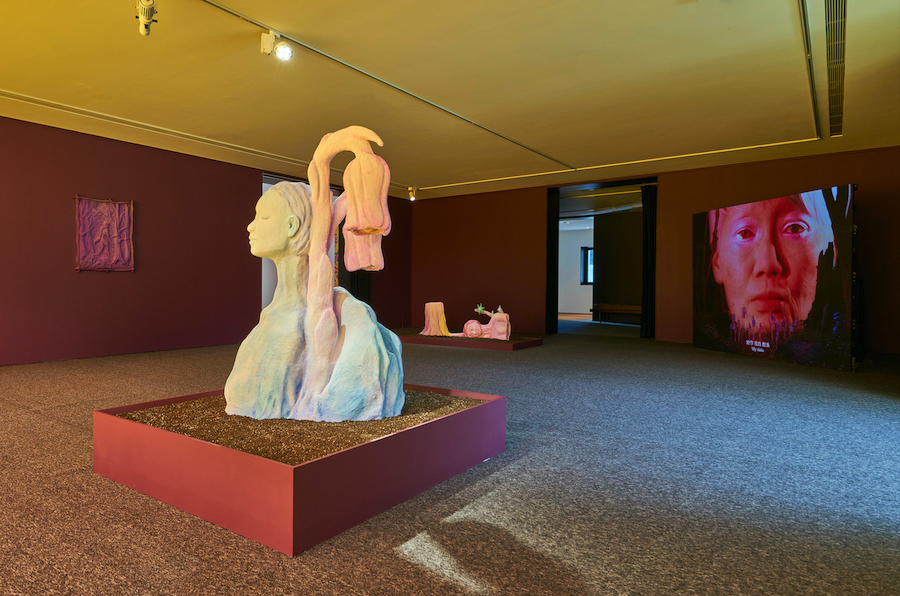
You mentioned an interesting phenomenon, that many international galleries are moving into Shunyi, the Free Trade Zone in Beijing. Do you think that the China market is becoming more and more important in the international art scene? What is your opinion?
From the perspective of the global art market, it has shown a diversified and multi-polar development pattern. Chinese contemporary art has gradually established an important position in the international market. I think there are three reasons for this:
Firstly, the era of art consumption is upon us. This is reflected in the expansion and popularization of art consumption subjects. We should use the market mechanism to popularize social aesthetic education at this time when art consumption is becoming popular.
Secondly, we are in the process of integrating art and technology. The integration and development of new technology is becoming more and more closely related to the innovation of the art business, and there is even a trend toward integrated development. As China’s art and technology market system, especially the Internet platform-led technology system, continues to develop, the scope, the boundaries, and the scale of transactions in China’s art market will accelerate. We can say that we are experiencing a change in the art world.
Finally, the art industry includes original artworks and art derivatives, both of which occupy a very important position in the industry. A breakthrough in art derivatives is needed in the innovative development of the Chinese art market to promote principal art business.
Instagram: @songart_museum





